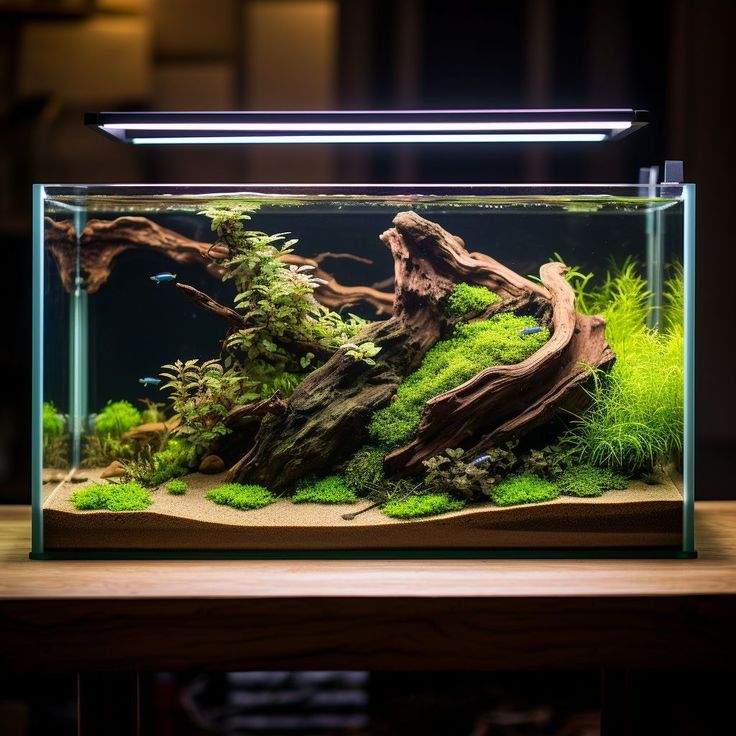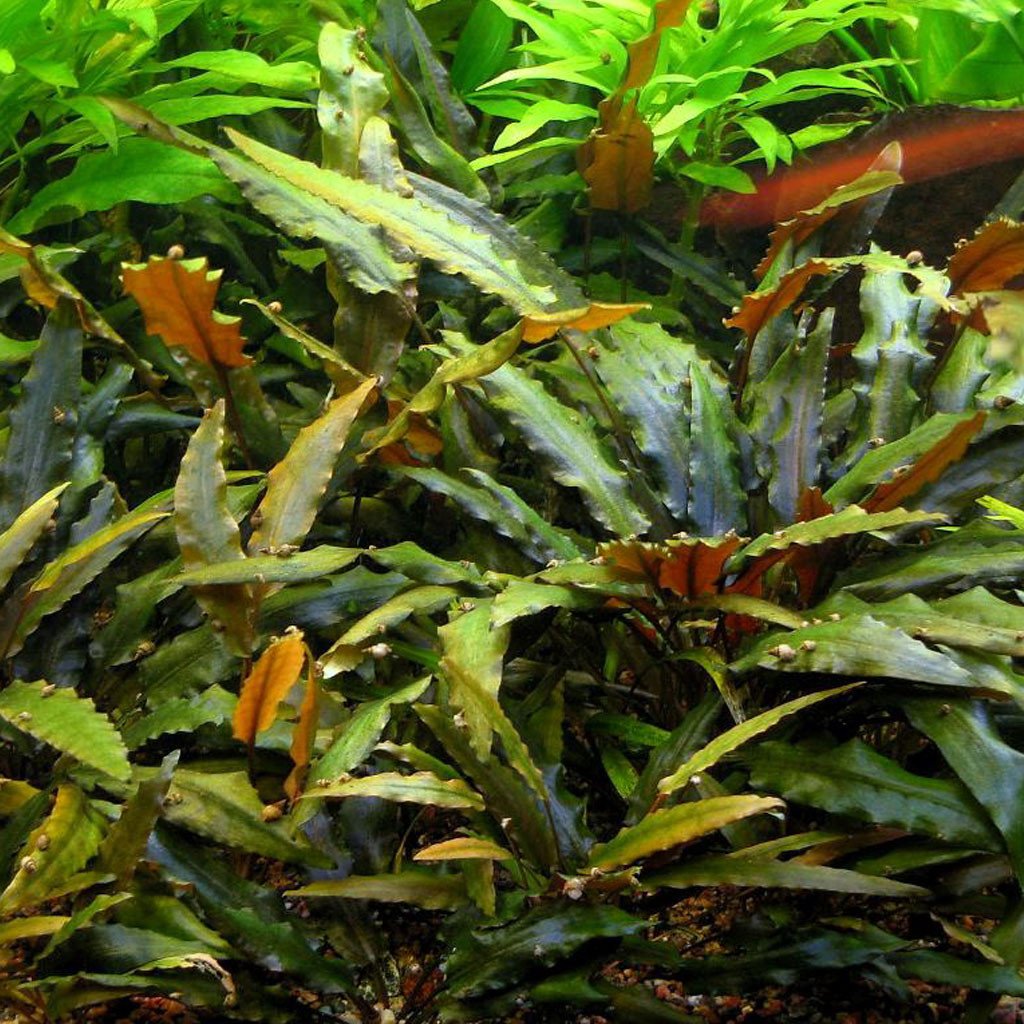
The Role of CO2 in Growing Aquarium Plants
Creating a lush, vibrant planted aquarium starts with understanding one critical element: CO2. Carbon dioxide (CO2) is vital for the process of photosynthesis, allowing aquatic plants to convert light into energy.
In this blog post, we’ll explore why CO2 matters, the different ways to add it to your tank, and natural alternatives for those looking to keep things simple.
Along the way, we’ll also highlight why sponge filters are a valuable companion for planted aquariums.

Why CO2 is Essential for Aquarium Plants
CO2 is a fundamental building block for plant growth. In aquariums, natural CO2 levels often fall short of what’s needed for optimal growth, especially in tanks with high light intensity. Without sufficient CO2, plants struggle to thrive, which can lead to slow growth, poor coloration, and even algae outbreaks as excess nutrients go unused.
For aquarists aiming to achieve dense carpets of Java Moss or the delicate beauty of Dwarf Baby Tears, ensuring adequate CO2 levels is a must.

Methods for Adding CO2 to Your Aquarium
1. CO2 Injection Systems
CO2 injection is the most efficient way to supply carbon dioxide to your plants. These systems consist of a pressurized CO2 cylinder, a regulator, and a diffuser to evenly distribute CO2 in the water. While an upfront investment, they offer precise control and are ideal for heavily planted tanks.
2. Liquid Carbon Supplements
For those not ready to commit to injection systems, liquid carbon supplements are an excellent alternative. Easy to dose and widely available, these products provide an accessible way to boost CO2 levels. However, they may not be sufficient for high-demand plants.
3. Natural Alternatives
Some aquarists prefer low-tech setups that rely on natural CO2 sources. Methods include:
-
Creating surface agitation to promote CO2 exchange from the air.
-
Adding organic matter like driftwood, which slowly releases CO2 as it decomposes.
While natural alternatives can work in low-light tanks, they often fall short in meeting the demands of high-growth setups.

Why Sponge Filters Are a Great Addition
Regardless of your CO2 method, maintaining water quality is essential for plant and fish health. This is where sponge filters shine. Their gentle filtration promotes water clarity without disrupting CO2 levels. Unlike strong power filters, sponge filters avoid excessive surface agitation, which can cause CO2 to escape from the water.
-
Explore Our Range of Sponge Filters
Keep your planted aquarium balanced and thriving with our reliable sponge filters. Perfect for maintaining CO2 levels while providing excellent filtration - Shop Now!

Tips for Balancing CO2, Light, and Fertilizers
CO2 is just one piece of the puzzle. To truly maximize plant growth, you need to balance light intensity and nutrient levels as well:
-
Use timers to regulate light duration and avoid overexposure.
-
Dose fertilizers to provide essential nutrients like nitrogen, phosphorus, and potassium.
-
Test water parameters regularly to monitor CO2 and pH levels.

Conclusion
Whether you’re a beginner or a seasoned aquarist, mastering CO2 is key to cultivating a thriving underwater garden. From CO2 injection systems to liquid carbon and natural methods, there’s a solution for every type of aquarium.
Pair your setup with a sponge filter for optimal water quality and CO2 retention, and watch your plants flourish.
-
Discover Sponge Filters That Suit Your Tank’s Needs
Ensure your aquarium is perfectly equipped for healthy plants and happy fish. Browse our collection today - Shop Sponge Filters Now!
Ready to take your planted tank to the next level?
Start with the right CO2 solution and a reliable sponge filter for a winning combination!

